Problems with Driving Vintage Cars
From painfully difficult steering to sky-high insurance rates, there are many problems with driving vintage cars that most car owners wouldn't want to touch.
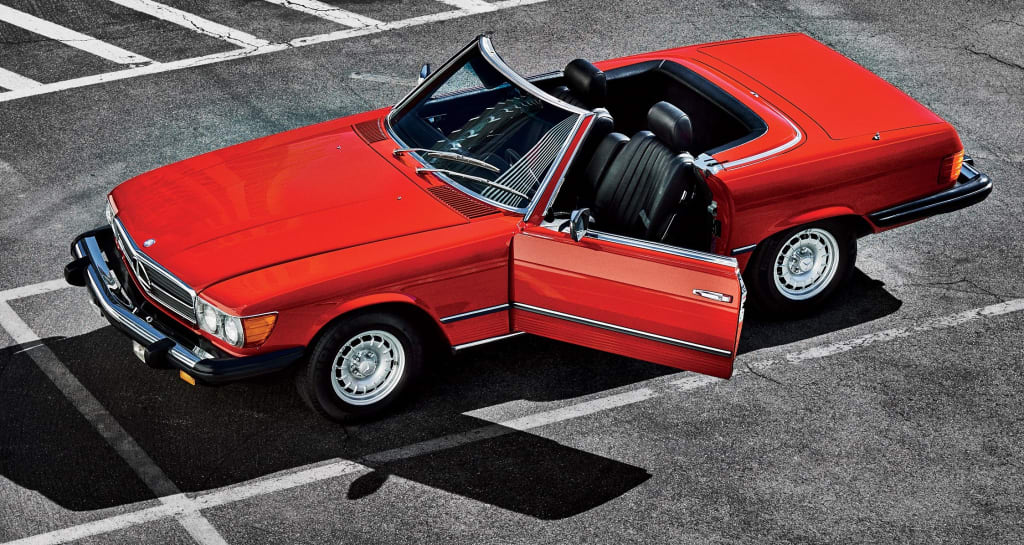
When people see vintage cars, they almost always marvel at them. There's something about seeing a car that's over 30 years old that's impressive — if only for the fact that it's a quick glimpse back in automotive history.
Most people who own vintage cars take very good care of them, but rarely ever drive them. To a point, it's understandable. Vintage cars need to be kept pristine in order for them to actually appreciate in value.
People generally assume it's due to value appreciation that keeps most vintage car owners from driving their old autos. But, that's only half the story.
Whether vintage car owners want to admit it or not, there are many problems with driving vintage cars on a daily basis that will kill any nostalgia you would or could have for the "good ol' days" pretty quickly.
Steering will be way more difficult.
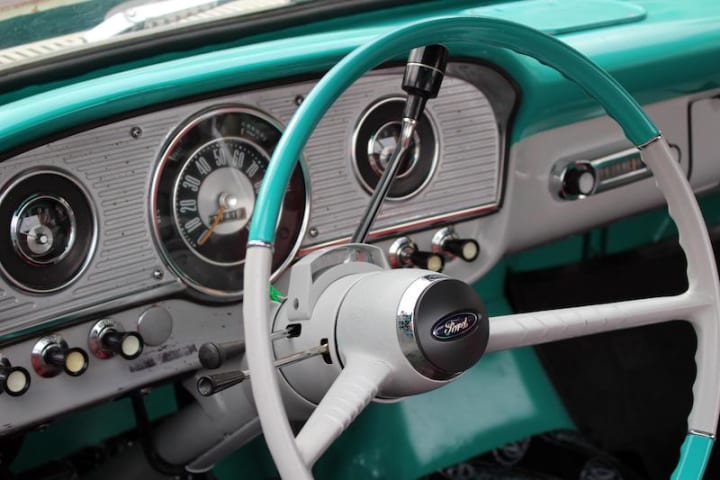
Most people have heard the phrase "power steering" when they listen to car commercials, but they don't know what power steering really is. Truthfully, it's one of the best advancements in car engineering technology in recent-ish history.
For the past 20-30ish years, almost all cars have come with power steering as a standard feature. This is because car tires have gotten smaller and wider as years have passed.
Prior to power steering, cars often took a lot more steering wheel rotations in order for the wheels to turn. On first glance, it sounds like just a small, slightly annoying issue — but it's not.
This is actually one of the most dangerous problems with driving vintage cars. The lack of power steering means that any driving reaction you have would be delayed.
No power steering means that you are at a much higher risk of having an accident, simply because your car won't be able to react fast enough to avoid a crash.
For example, if you saw a kid run out in the street while driving a car without power steering, chances are that you wouldn't be able to react quickly enough to swerve out of the way — and you'd end up hitting the kid.
Less safety features also means that you won't be as safe in an accident.
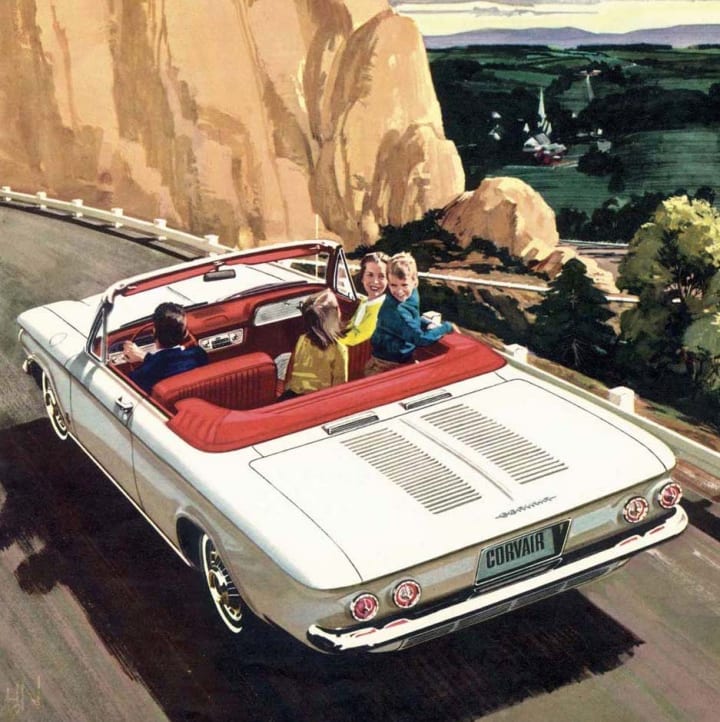
One of the biggest problems with driving vintage cars is the fact that they don't have the safety features found in modern cars. So, life-saving things like air bags and safety belts might not actually be there to protect you should an accident occur.
This means that driving a vintage car will inevitably be a risky endeavor. If you get into an accident, you're more likely to get seriously injured or even killed by the impact. Since many vintage cars also don't have power steering, the chances of you getting into an accident also are higher, which in turn, makes the vintage car a double whammy in terms of safety.
Vintage cars are way more prone to randomly breaking down as well.
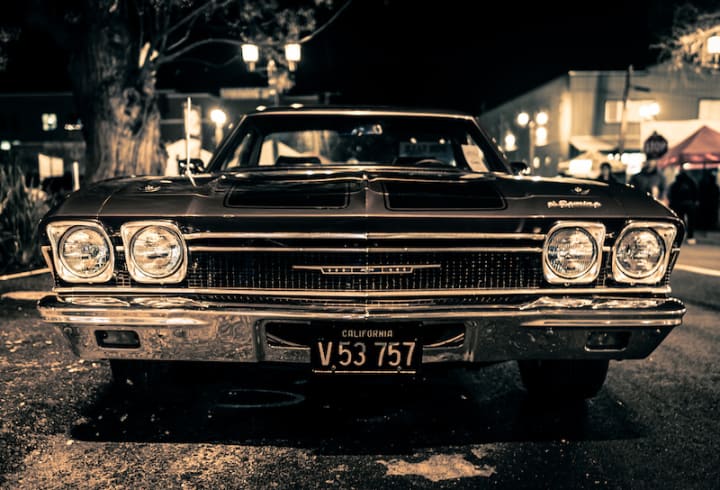
This is one of the biggest problems with driving vintage cars, particularly if you're doing it on a daily basis. Vintage cars are old — very old. Unless the car has been maintained spectacularly well, there will be parts that will be brittle, rusty, worn, or otherwise not in as good condition as they used to be.
If you're unlucky, one of the parts will break while you're driving it. This, in turn, can mean that your drive will be cut short by something like a flat tire, a vintage engine spewing smoke, or even an electrical fire at random.
So, if you drive a vintage car daily, it's generally a good idea to set aside some money for repairs. You'll need it.
Car parts and repairs are probably going to cost you a ton.
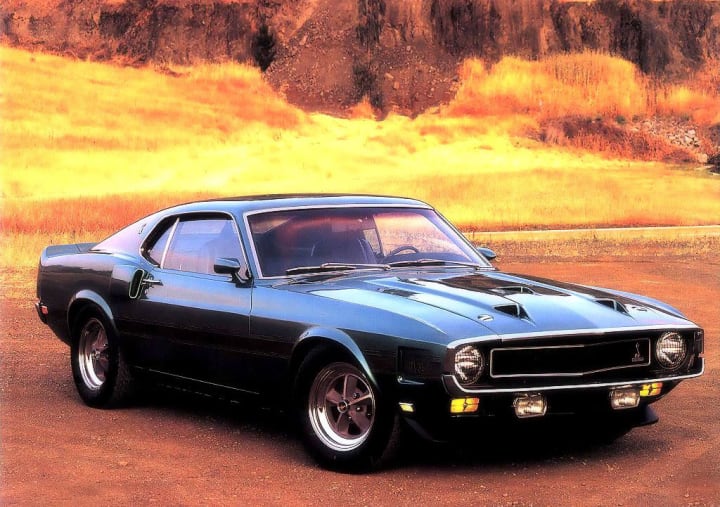
For the most part, finding vintage car parts isn't that hard. The internet makes it easy to do that. However, actually being able to afford the car parts you need in order to fix a broken down vintage car tends to be another question altogether.
Many vintage cars and "classic cars" will require now-rare parts for things as simple as an oil change. Some might even require specialty mechanics to fix. This can make getting fixes both time-consuming and pricey, which in turn makes for even more financial problems.
At times, car parts just won't be available, period. There's not much you can do in those times to fix your car.
Many of the problems with driving vintage cars also stem from the lack of creature comforts.
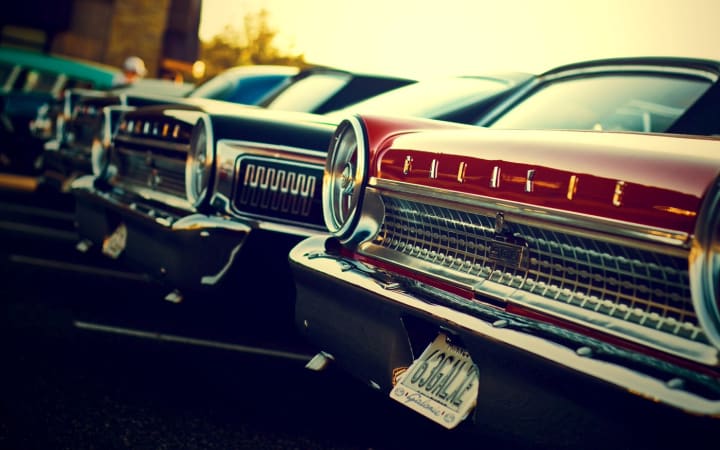
It's amazing how many car features we take for granted. Things like air conditioning, tinted windows that don't trap all the heat inside your car, CD players, and even cushioned seats are all things that might not exist in your classic car.
Overall, riding in a vintage car will feel somewhat stark, or even rugged, compared to a typical drive in a modern car. You'll hear more clunking and squeaks. You may have to readjust yourself because the seats hurt. Such is life with a vintage car.
Though it may be cool to ride in a classic car once in a while, driving a vintage car on a daily basis will eventually make you yearn for a more modern model.
Speaking of which, one of the more surprising problems with driving vintage cars is actually keeping up with modern traffic.
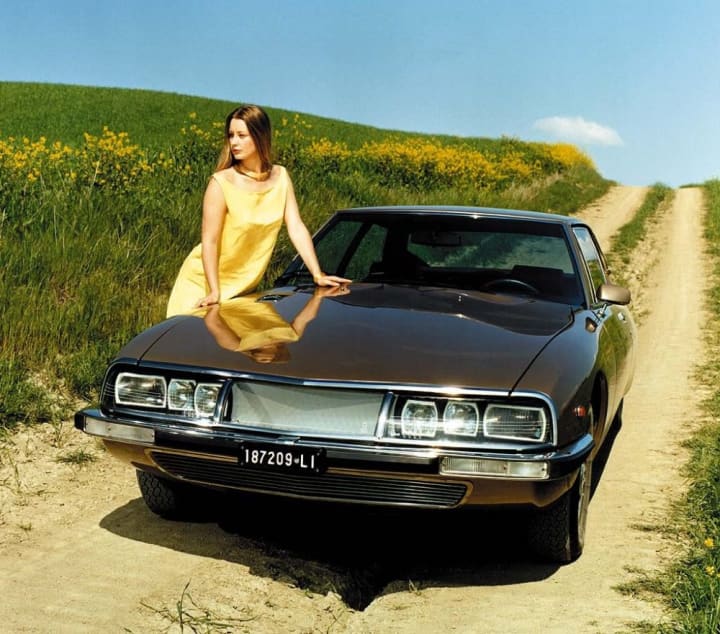
If you have a vintage car from the 60s, you're pretty much good to go on any major street. However, this isn't true for all classic cars. If you have a Stanley Steamer or a Model T, you will not be able to drive it everywhere.
Why? Well, prior to the 1940s, most cars really weren't able to go too fast. Some maxed out at 40 miles per hour. So, if you were thinking about cruising down the highway in a Model A, you probably will need to rethink that fairly quickly.
In the case of steam-powered vintage cars and crank-operated cars from the 1900s, drivers also couldn't drive them continuously for more than a set amount of time. As a result, longer drives might be pretty aggravating due to frequent stops.
Insurance for vintage cars is going to cost you a pretty penny, too.
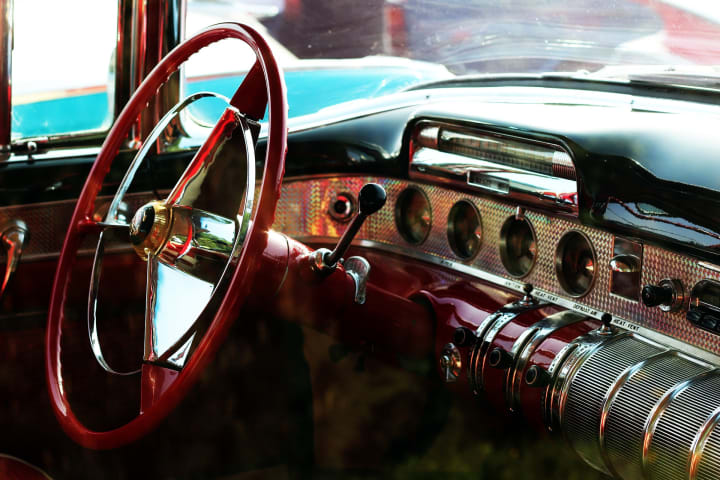
We've already gone over the many safety problems that vintage cars have, as well as why they tend to be more prone to accidents than modern cars are. We've also discussed the problems with driving vintage cars in terms of sudden breakage and car parts.
Clearly, this means that you will end up having insurance problems. And, if you ask many classic car fans, insurance coverage is one of the worst problems with driving vintage cars.
Most classic cars have lower insurance rates than standard cars, but that's only because it's assumed that you won't actually drive them. The prices are higher than average if that vintage car is what you choose to drive as your daily car.
But, what if it's so old, you decide to classify it as a collector car? Well, if you choose to get collector car insurance, you won't be fully insured in all driving situations.
For example, most collector car policies will not cover people who choose to use the car for errands. So, if you get into an accident while going to the 7-11, you will end up paying everything out-of-pocket anyway.
Lastly, the biggest problem with driving vintage cars is how attached you'll get to them.
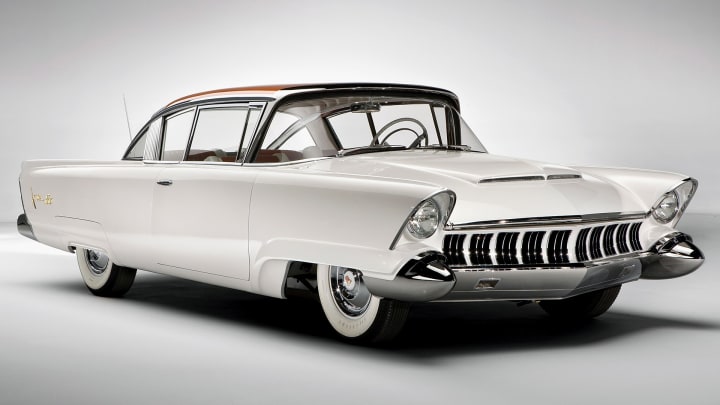
Yes, they may light themselves on fire. Of course, they will cost you a ton of money. Oh, and you will hate how much you end up sweating during hot summer days. But, at the end of the day, driving a vintage car will make you fall in love with the history of car design as well as the car itself.
The reason why so many people love vintage cars is because they are magical. Yes, you'll learn about all the problems with driving vintage cars firsthand, but you'll also feel like you're taking a trip in the past — and that's why vintage cars are worth all the struggles you'll experience along the way.
About the Creator
Cato Conroy
Cato Conroy is a Manhattan-based writer who yearns for a better world. He loves to write about politics, news reports, and interesting innovations that will impact the way we live.






Comments
There are no comments for this story
Be the first to respond and start the conversation.